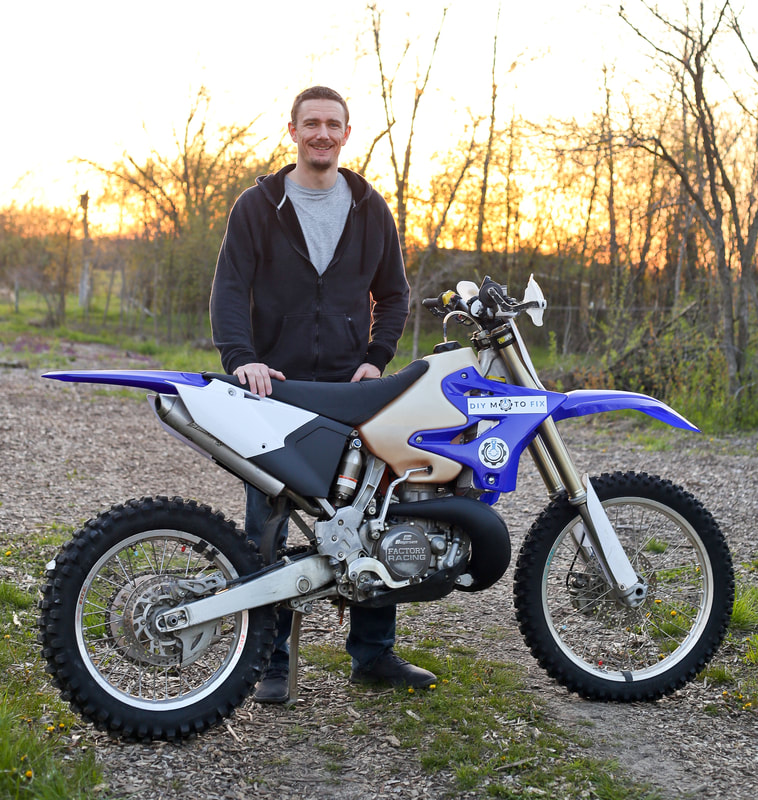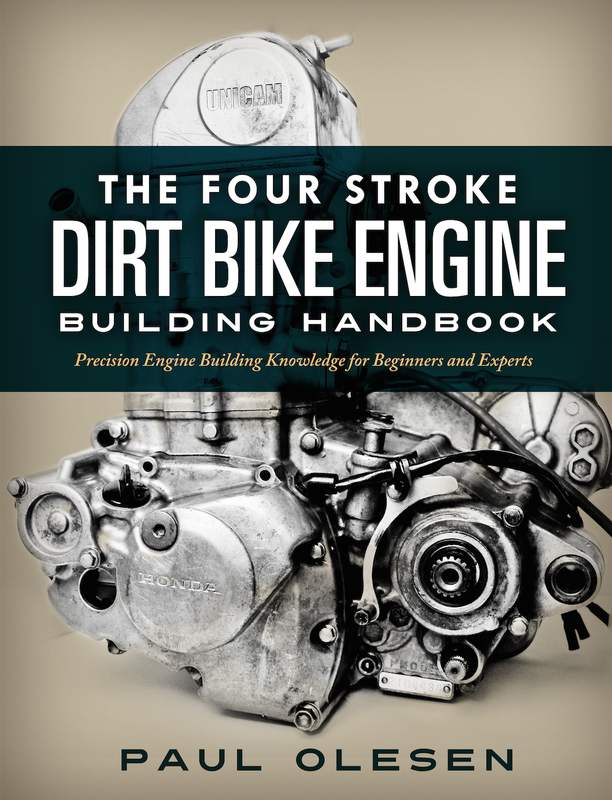To get started a truing stand of sorts needs to be set up. This doesn’t have to be anything special and I used a bench vice, adjuster block, rear axle, spacers, a series of old bearings and washers, and the axle nut. The reason I went to the trouble of clamping the hub in place was to eliminate any possibility of the hub sliding back and forth on the rim, which would make my truing efforts difficult.
|
In my last blog post I covered how to lace up a wheel assembly with new spokes. This week I’ll discuss how to properly true the rim. Truing the rim is actually not too difficult. Once you understand the interaction between the spokes and rim, you will make quick work of the job.
To get started a truing stand of sorts needs to be set up. This doesn’t have to be anything special and I used a bench vice, adjuster block, rear axle, spacers, a series of old bearings and washers, and the axle nut. The reason I went to the trouble of clamping the hub in place was to eliminate any possibility of the hub sliding back and forth on the rim, which would make my truing efforts difficult.
How many of you become disheartened when spokes break, bend, or a rim becomes permanently damaged necessitating a rebuild of the wheel? I know a lot of people think rim building is a black art and are willing to shell out serious dough to avoid the job altogether. This week I want to debunk the black art of wheel building and provide you with an overview of the process, allowing you to take on your next wheel build yourself. Next week, I’ll cover the second half of the project by showing you how to true the wheel.
As you can see I have a great example of a wheel assembly that is way past its prime. The spokes are bent, loose, and the nipples are mostly all stuck. On top of that, the rim is cracked in a couple spots necessitating further repairs. |
InspirationsCategories
All
Archives
November 2022
Favorite Films |







